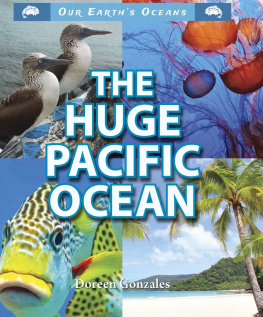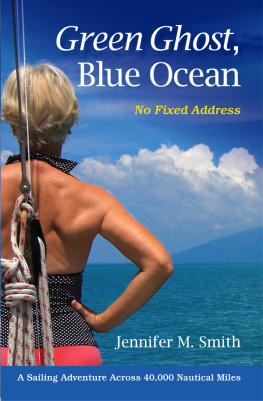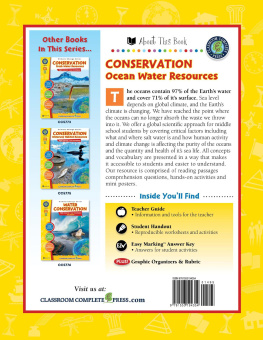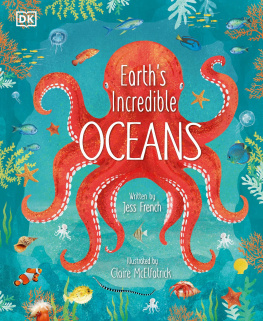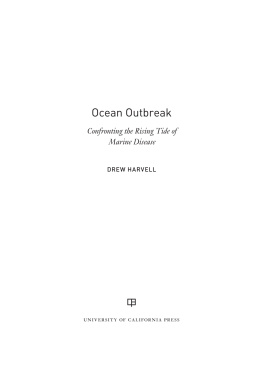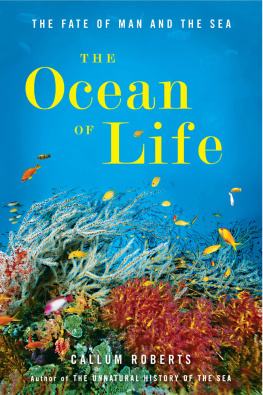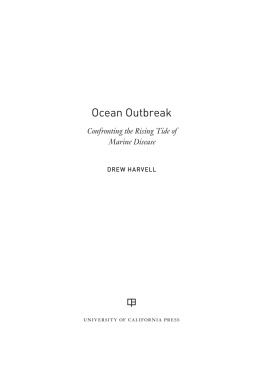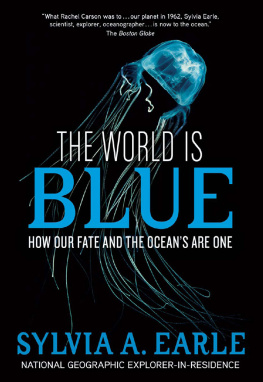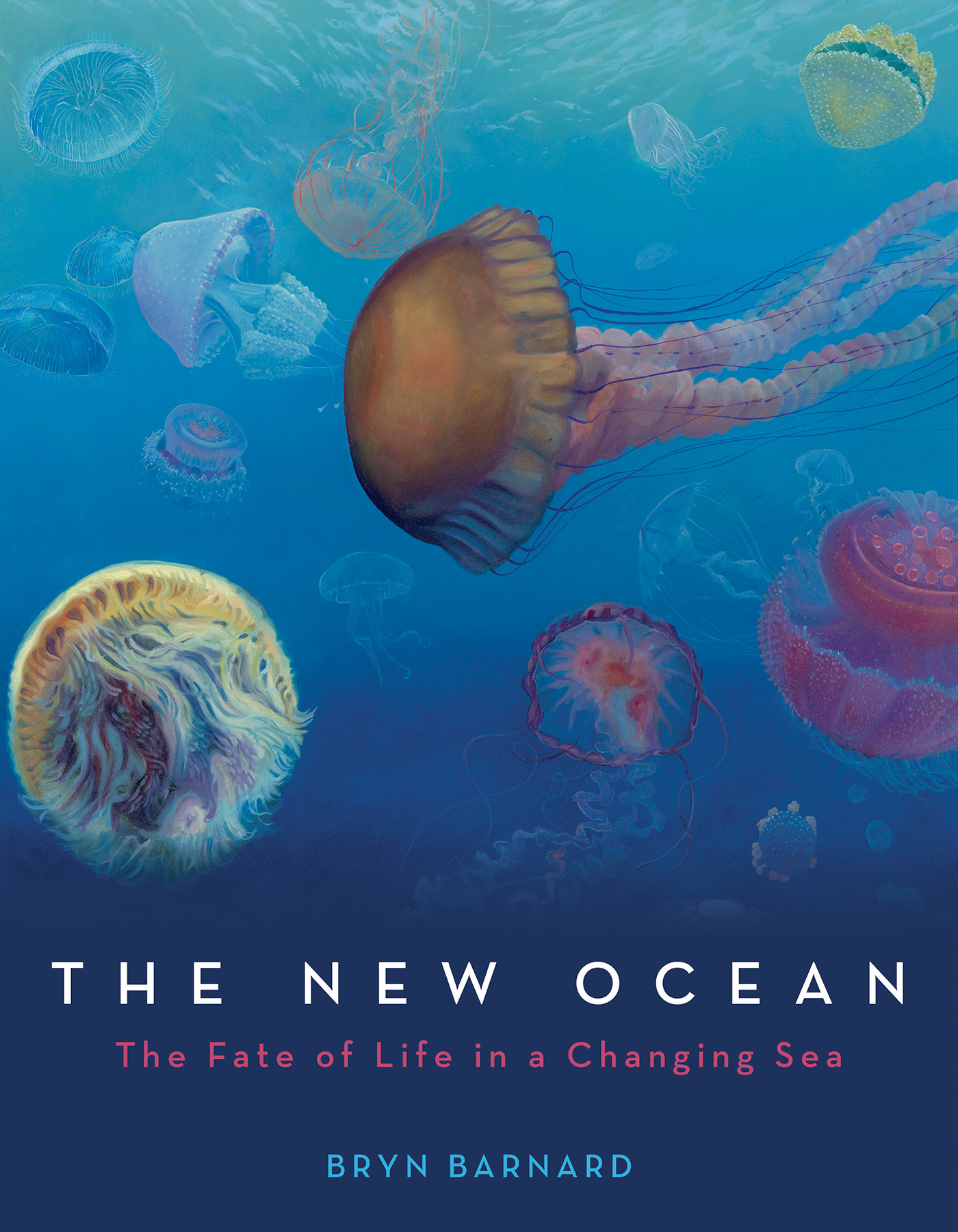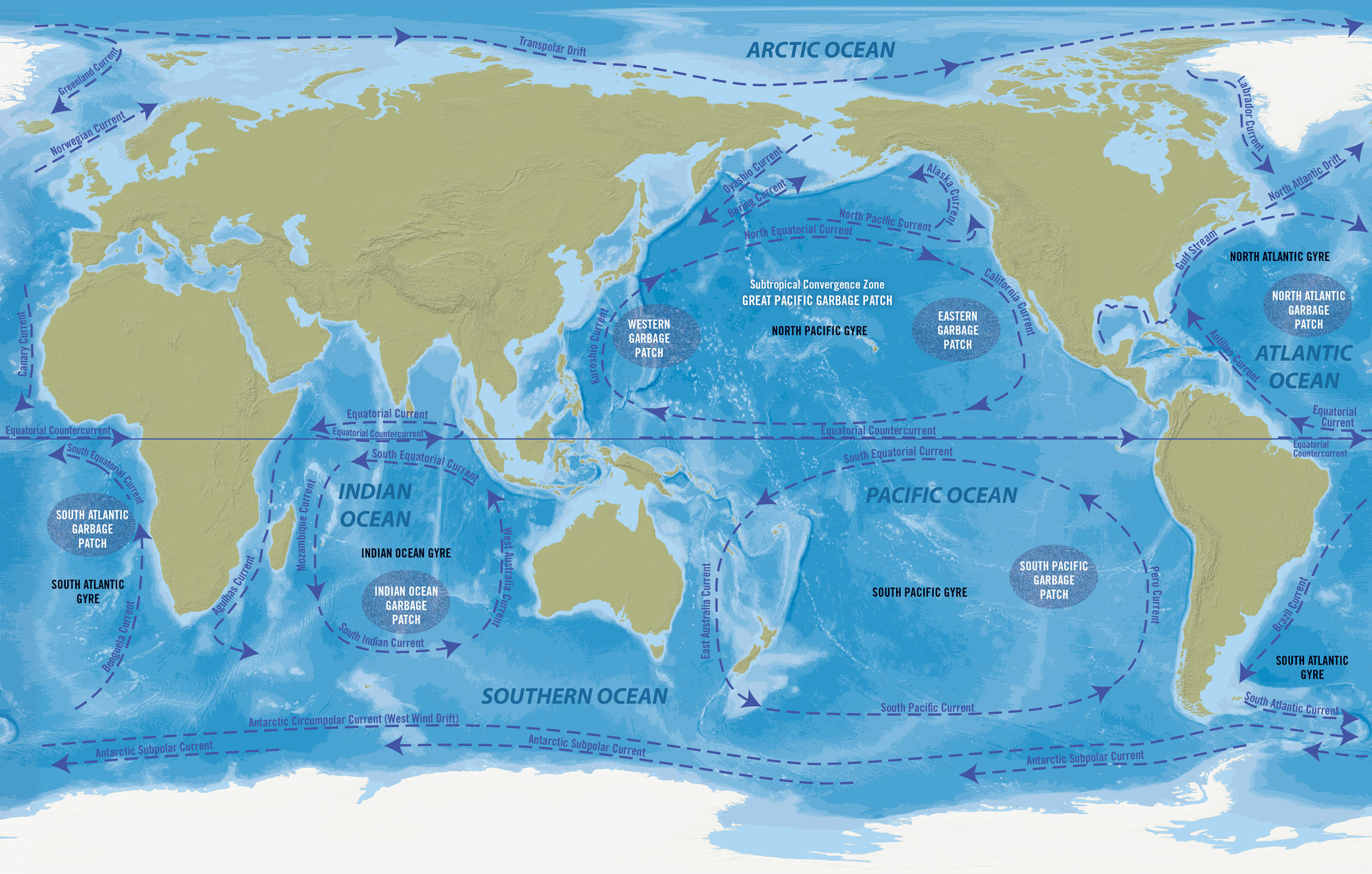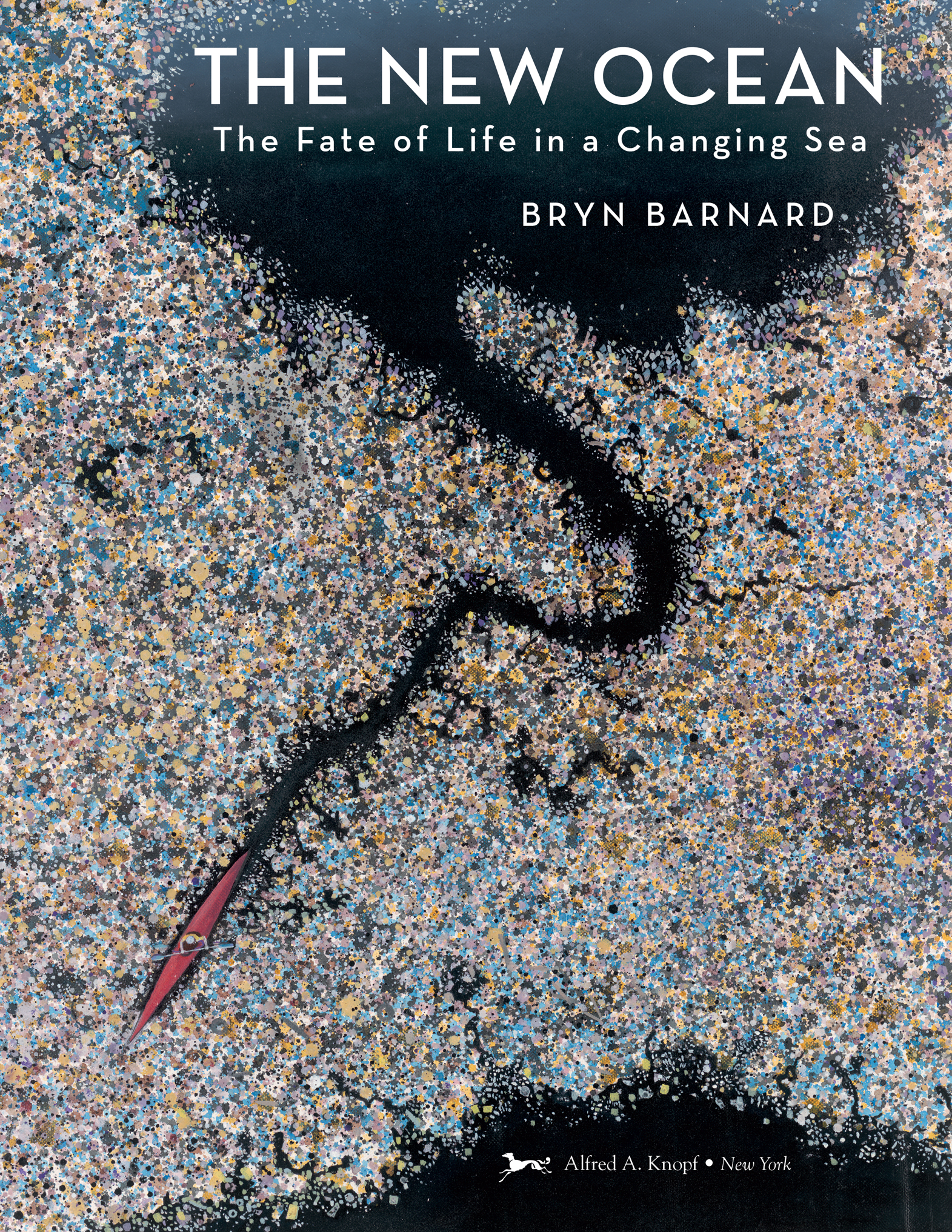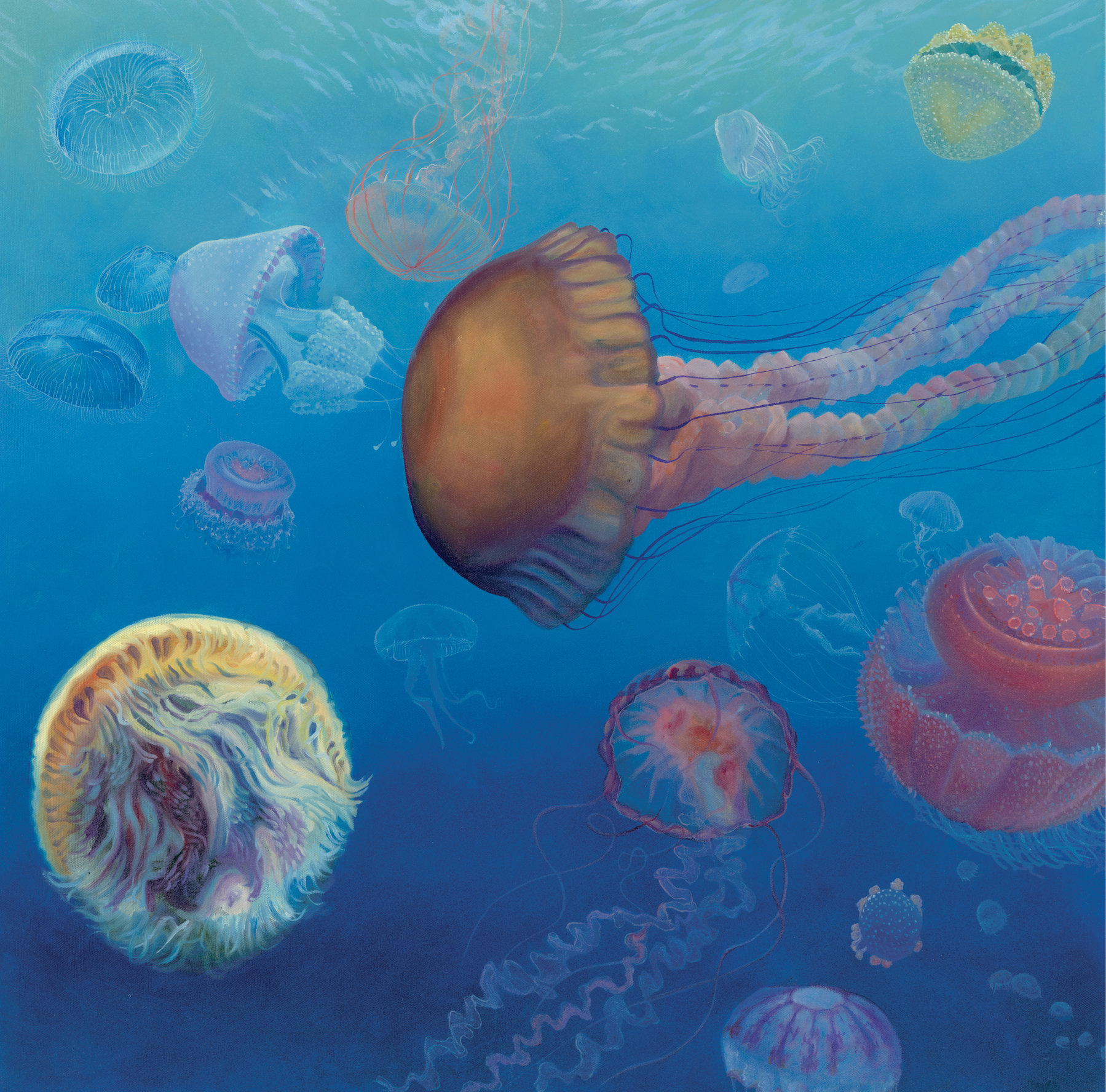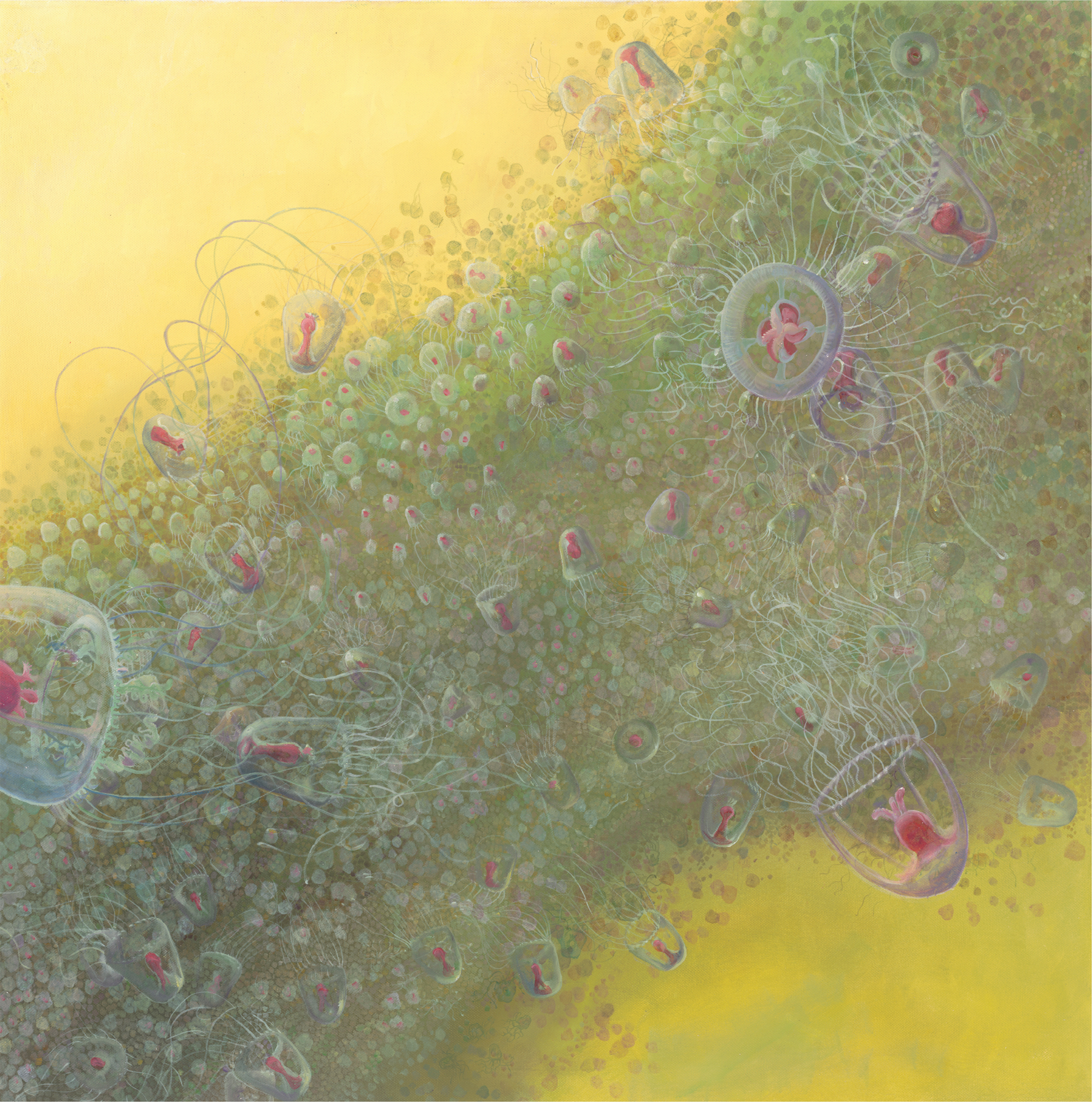AN OCEAN OF PLASTIC
There are approximately 200 million tons of plastic littering the ocean. Currents drive much of it into the gyres, forming massive garbage patches of toxic microplastics, with concentrations as high as two million pieces per square mile. The melting of the Arctic sea ice could release over a trillion more pieces of microplastic. By 2050, there will be more plastic in the ocean than fish.
THIS IS A BORZOI BOOK PUBLISHED BY ALFRED A. KNOPF
Copyright 2017 by Bryn Barnard
All rights reserved. Published in the United States by Alfred A. Knopf, an imprint of Random House Childrens Books, a division of Penguin Random House LLC, New York.
Knopf, Borzoi Books, and the colophon are registered trademarks of Penguin Random House LLC.
Visit us on the Web! randomhousekids.com
Educators and librarians, for a variety of teaching tools, visit us at RHTeachersLibrarians.com
Library of Congress Cataloging-in-Publication Data is available upon request.
ISBN 978-0-375-87049-1 (trade) ISBN 978-0-375-97049-8 (lib. bdg.) ISBN 978-0-307-97403-7 (ebook)
Ebook ISBN9780307974037
The illustrations were created using oil on canvas. The maps were created in Adobe Photoshop.
Random House Childrens Books supports the First Amendment and celebrates the right to read.
v4.1
a
For Wynn and Parks
Contents
The Earth our homeis covered mostly with water: the wide, deep, salty, and very blue ocean. It regulates our climate in a way that makes life as we know it possible.
This huge ocean is full of an amazing amount of life, most of which is too small to see. Weve counted 230,000 species of plants and animals that live in the ocean: from giant whales to phytoplankton (tiny plants) and zooplankton (tiny animals), plus even smaller bacteria, viruses, molds, and fungi. There may be many more, as many as two million different kinds of plants and animals.
Most of the worlds oxygen is made in the ocean. The phytoplankton are crucial to its creation. They take the energy of the sun and, through the process of photosynthesis, transform it into oxygen. The ocean churns that oxygen-rich water in majestic, looping currents, mixing oxygen at the surface with water deep below. Ocean life depends on it. Some of this oxygen also turns into the ozone layer, a crucial part of the atmosphere that protects us from the suns harmful ultraviolet rays.
But life in the ocean is in trouble. The ocean is becoming hotter, more polluted, and, in places, empty of life. As the number of people on our beautiful blue planet has grown, more and more people are burning coal and oil and wood to run electrical plants that heat and light and power our homes, our factories, and our cars. This burning has released billions of tons of carbon dioxide into the air, increasing by nearly half the amount of carbon dioxide in the atmosphere since the start of the Industrial Revolution in 1760. Most climate scientists think this has helped trap the heat of the sun within the Earths atmosphere, warming the air and the water.
The right amount of warming is good for us, but too much warming is causing changes that are not good for life in the ocean, at least the kind of life that thrives now. Because it is getting hotter, the ice caps are melting and sea levels are rising. If the ice caps melt entirely, as has been the case many times in the distant past, ocean currents and winds may simply stop. The mixing of surface water and deep water that ocean life depends on will cease.
The oceans are also absorbing a lot of the extra carbon dioxide in the air and turning it into acid. This means the ocean is starting to melt the shells of some sea creatures, especially plankton. It is getting harder for these creatures to survive and reproduce. Theyre disappearing.
Conditions for life in the ocean are getting tougher in other ways. Human beings are dumping billions of pounds of toxic garbagepollutioninto the sea. Plankton eat the garbage, fish eat the plankton, we eat the fish. In effect, we are eating the toxic chemicals we have thrown away. This damages our health and can cause birth defects in our children.
Finally, we have gotten really clever at finding and catching fish, so clever that we are literally emptying the ocean of many kinds of life. Ancient, primitive sea creatures are moving in to fill the vacant spaces. Some of these creatures are poisonous. Some are changing the composition of the very air we breathe.
Taken together, global warming, pollution, acidification, and overfishing are creating a New Ocean, in which life is changing drastically. This book tells the stories of the probable fates of six sea dwellers: jellyfish, orcas, sea turtles, tuna, corals, and blue-green algaesome of the losers and winners in the New Ocean.
What becomes of them may help you understand what may become of us.
Jellyfish are one of the oldest and most successful creatures on Earth. Six hundred million years ago, the Earth was very different from today. It had only one giant, lifeless continent surrounded by a vast sea teeming with life. Jellyfish started in that ancient ocean.
Jellyfish are simple creatures that are made mostly of water. They are round blobs with a mouth, but no brain, heart, or spine. The mouth is surrounded by tentacles and studded with thousands of stinging nematocystsspring-loaded needles for delivering poison to prey.
Jellyfish often eat by waiting for a fish or other sea creature to get entangled in their tentacles, stinging the creature, and then hauling it up to their mouths.
Creatures that eat jellyfish include tuna, swordfish, salmon, and sea turtles. Some people, mostly in Asia, eat jellyfish, too. When dried, theyre crunchy.
The lions mane jellyfish comes in varying sizes but can grow to seven feet in diameter, with tentacles up to 120 feet longthats as tall as a ten-story building!
There is a species of Australian box jellyfish, the Irukandji, that is only one and a half inches long, about the size of a finger, but its venom is a thousand times more powerful than the bite of a tarantula.
The much larger Australian box jellyfish, or sea wasp, is considered the most venomous marine creature known. We dont know the total number of deaths caused by sea wasp stings. In Australia, more than sixty deaths have been reported since 1884. But in the Philippine archipelago, where many islands may lack access to antivenin treatments, twenty to forty deaths are reported each year.
Jellyfish can thrive anywhere. They first evolved in ancient oceans that had little oxygen, and so they can survive today in the oceans growing dead zones, which have little oxygen and little life. Dead zones are caused by pollution or by changes in the ocean temperature, currents, and wind patterns. These changes stop the mixing of water near the surface (which contains a lot of oxygen) with deep water (which contains less oxygen). Many fish have to avoid these areas. Jellyfish dont.


